Reduce the running cost of your existing heating system
One of our specialities is helping people to add in wood and wood pellet boilers, and sometimes heat pumps to their existing heating systems, or to switch away from oil or gas entirely.
But there may also be some things you can do to make your existing system run more efficiently and more effectively - which can reduce the running costs almost instantly.
Turning down the temperature that your boiler is set to.
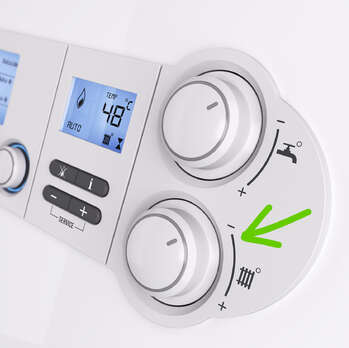
Modern condensing boilers only achieve their rated efficiencies of over 90% when they can condense - which means that they recover extra heat from their exhaust. This happens when the flow temperature is set to 60ºC or under. However many heating systems are installed with the boiler set at a high temperature. Setting the boiler at a high temperature is a way to cover up a multitude of inefficiencies and problems - such as a poorly balanced radiator system, sludge in the system because it has not been cleaned/flushed, and/or a poorly sized radiator system where many are simply too small for the job.
So reducing the flow temperature could potentially shave 6-8% off your bill. It's worth finding out if this could work for you, you can do it yourself.
Here's a "how-to" guide from the HeatingHub
This flow-chart style tool from Nesta guides you through turning down the flow temperature is also helpful.
Looked at another way, setting a high flow temperature means the installer is more sure that the boiler is going to heat the house up okay - so they don’t get an angry customer calling them on boxing day saying that the house is cold! It’s also tricky for the installer because in most cases they will have been called in to renew the boiler, not install a whole heating system. Without spending a fair bit of time they can’t really be sure what state the existing system is in, or how long it would take to put it right if that needs doing. When a boiler is changed the customer might also think that the installer is just trying to get more money - especially as their old boiler (no doubt also set at a high flow temperature) worked fine as far as they could work out.
It also saves time and so is a way to get the installation cost down - which the customer might not want to pay for, and they might not understand what the benefit can be in paying a bit more upfront, to have lower running costs.
As well as turning down the flow temperature there are other things you can do;
Balancing your radiators

Your boiler pumps heat around a circuit or loop in your house and radiators connect to that loop. The water wants to take the easiest route and so, let to it’s own devices, would mostly go through the closest radiator and straight back, and hardly any would flow through the radiators that are furthest away.
So something called balancing is done and the aim is for the flow rate through each radiator to be roughly the same throughout the house, regardless of how far the radiator happens to be from the boiler. That is done by adjusting the radiator valves (this is the valve on the other side of the radiator from the TRV which is the temperature setting knob that you turn with your hand) so that they are most-closed nearest to the boiler, and are then progressively more open the further you go from the boiler. This takes time and tinkering to do right.
If you turn up the temperature of the boiler, and turn up the pump speed a bit then a system can be poorly balanced, yet all the radiators can get heat, so no wonder it’s done.
A symptom of a poorly balanced system is that some radiators will get hot a lot faster than others, and ones far away may never really get hot at all.
You can book in a heating engineer to balance your system, or you will find various DIY guides online as web pages and videos.
Removing sludge in the system
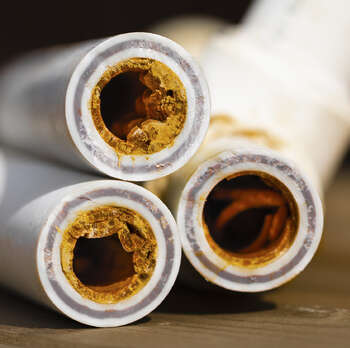
Over time sludge and debris can build up in a heating system. That can then accumulate in pipes and at the bottom of your radiators which can slow the water down, and can reduce the effective size of the radiators because the water in the system can only really get to the bit above the sludge. The radiators then have to be provided with hotter water to provide the same amount of heat to the room, and so the boiler runs less efficiently as a result.
So getting rid of that sludge can make your system heat your house more effectively, and can allow you to turn the flow temperature down - which lets your boiler run more efficiently, which reduces costs. You can get a quote from a heating engineer to come and flush and clean your heating system.
Turn off the boiler "preheat" function
This function, if turned on, fires up a combi boiler every so often to preheat the hot water, just in case you might need some water at random times, even when you’re not in the house. Find your boiler manual to see how to turn it off for your particular make and model.
Turn the heating down
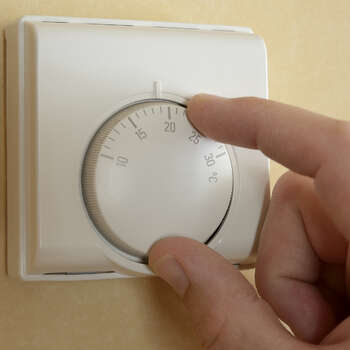
The hotter you heat your house up the more heat that it loses, and the higher the cost. So turning down the temperature will save you money. Of course if you are vulnerable to the cold then this might not be a viable option for you. You might be able to allow bedrooms to get a lot cooler, keep your livingroom quite warm during the times you are in it so it becomes a cosy sanctuary, and you might allow other rooms in your house to be 17-18ºC rather than 21ºC or over.
This is one of the reasons I like stoves because sometimes they can make one room really cosy and inviting, which then makes it more tolerable to let the rest of the house be colder.
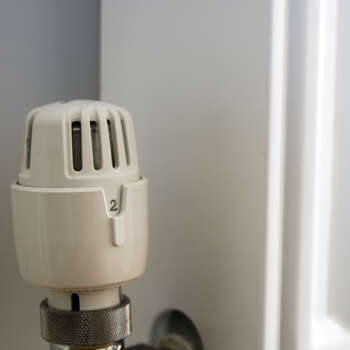
Heat less of the house
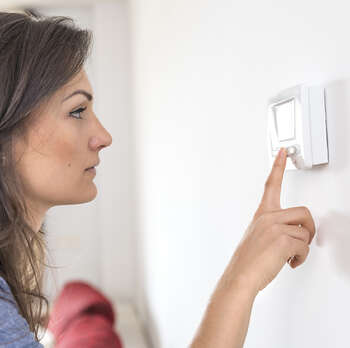
Have a look at heating controller, and your radiator trv valves, and any room thermostats. Try to get your head around how your heating controller works. If you find this tricky then if it's any consolation then you have that in common with most normal humans. They are generally very poorly designed and hard to use. BUT it will be worth getting a bit more familiar with it to try to see if there are any settings you can improve, even if that is a rather painful experience! See if you are heating up unoccupied rooms, or heating up the the house at times when no one is home for example.
Turn the hot water temperature down
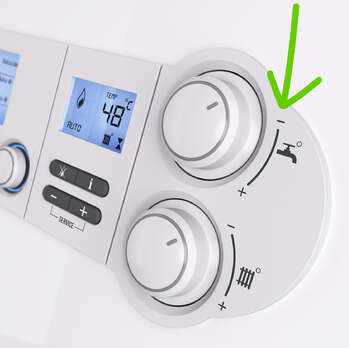
What temperature is your hot water set at? If you have it set high, say 60ºC, and then use mixer taps to bring it back down to 45ºC or under then you will probably be wasting more heat than you need to. Turn the hot water temperature down to, say, 45ºC, live with that for a bit to check that that works for you, then try turning it a bit down again until it becomes too cold, then push it up a little and leave it.



